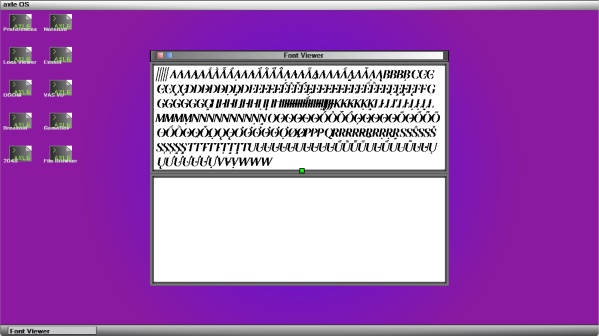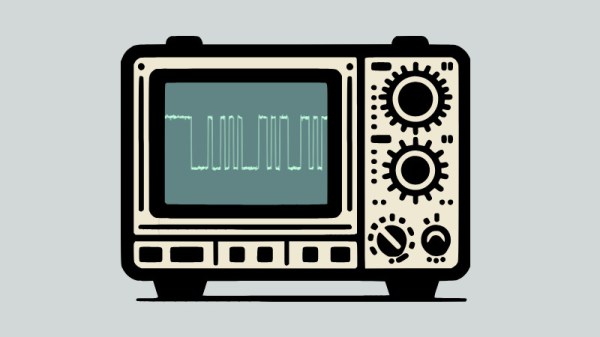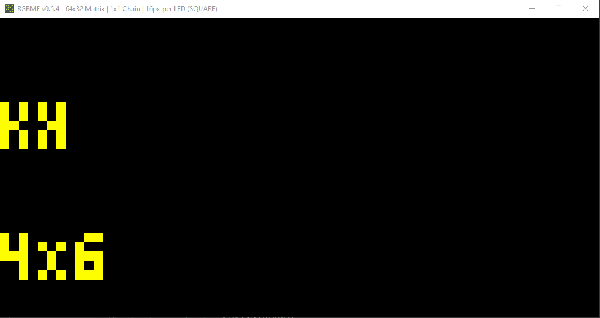Typeface (such as Times New Roman) refers to the design that gives a set of letters, numbers, and symbols their signature “look”. Font, on the other hand, is a specific implementation of a typeface, for example, Times New Roman Italic 12 pt.

Right about this point, some of you are nodding along and perhaps thinking “oh, that’s interesting,” while the rest of you are already hovering over your browser’s Back button. If you’re one of the former, you may be interested in checking out the (sort of) interactive tour of typography design elements by the Ohno Type School, a small group that loves design.
On one hand, letters are simple and readily recognizable symbols. But at the same time, their simplicity puts a lot of weight on seemingly minor elements. Small changes can have a big visual impact. The tour lays bare answers to questions such as: What is the optimal parting of the cheeks of a capital ‘B’? At what height should the crossbar on an ‘A’ sit, and why does it look so weird if done incorrectly? And yet, the tail of a ‘Q’ can be just about anything? How and why does an ‘H’ define the spacing of the entire typeface? All these (and more) are laid bare.


















